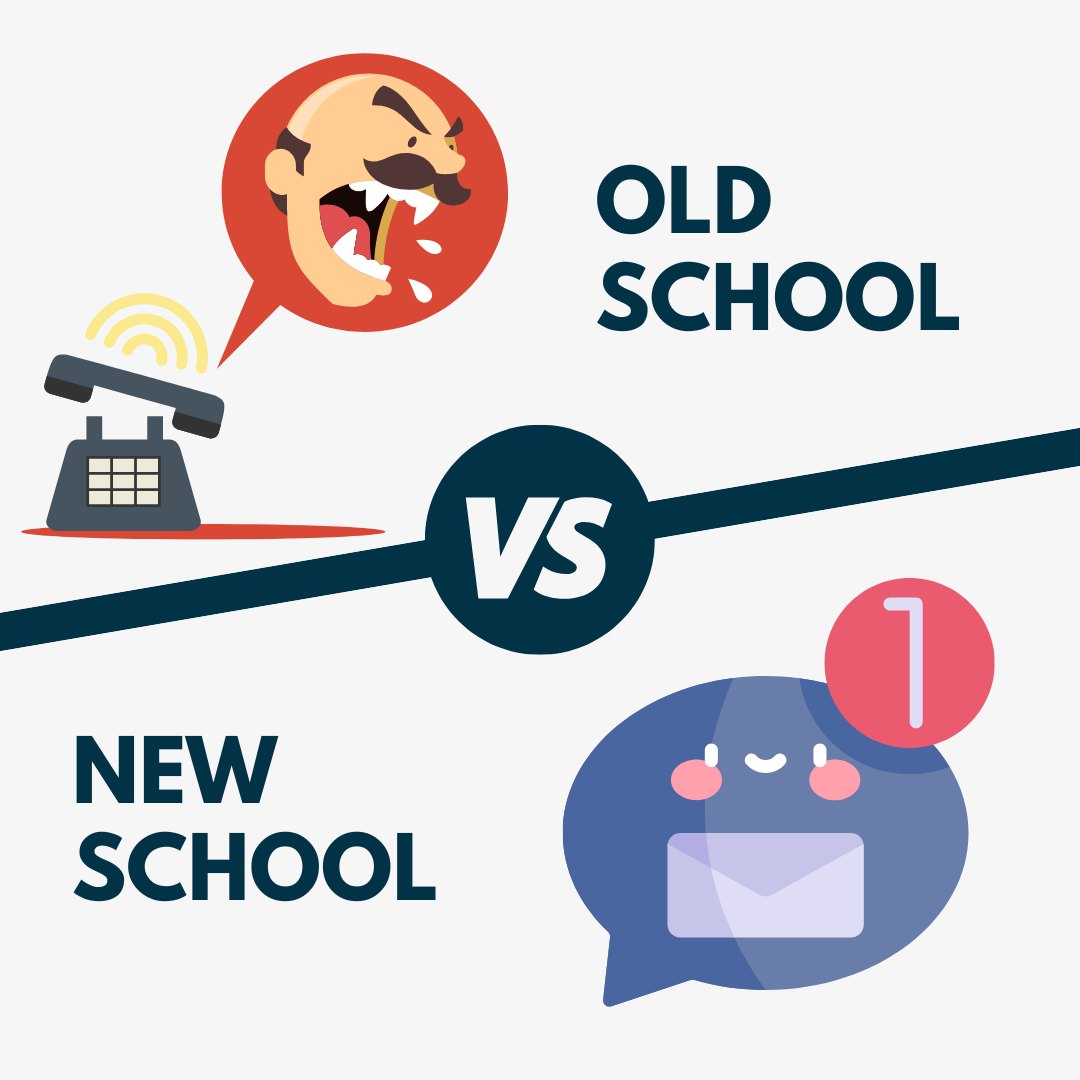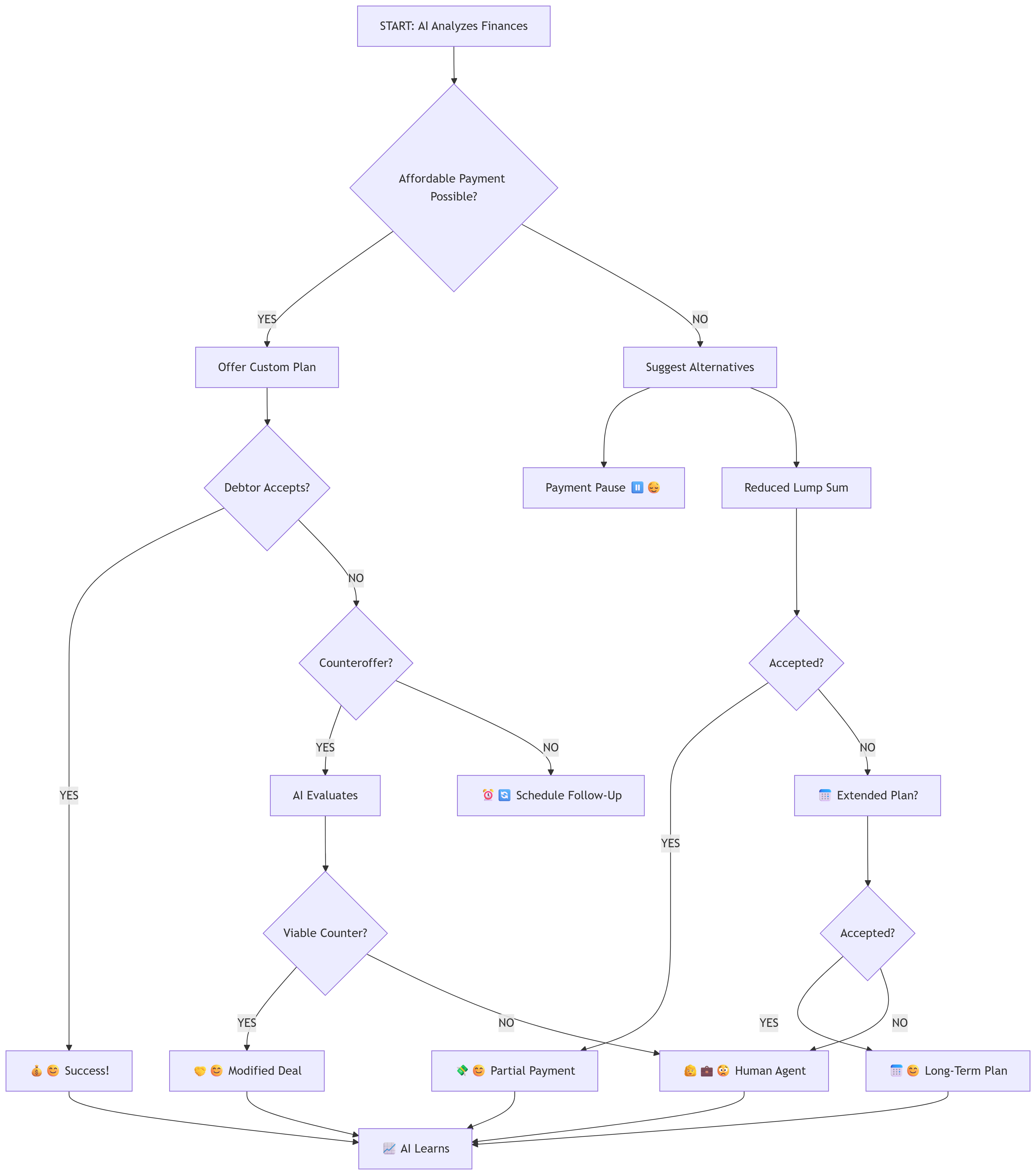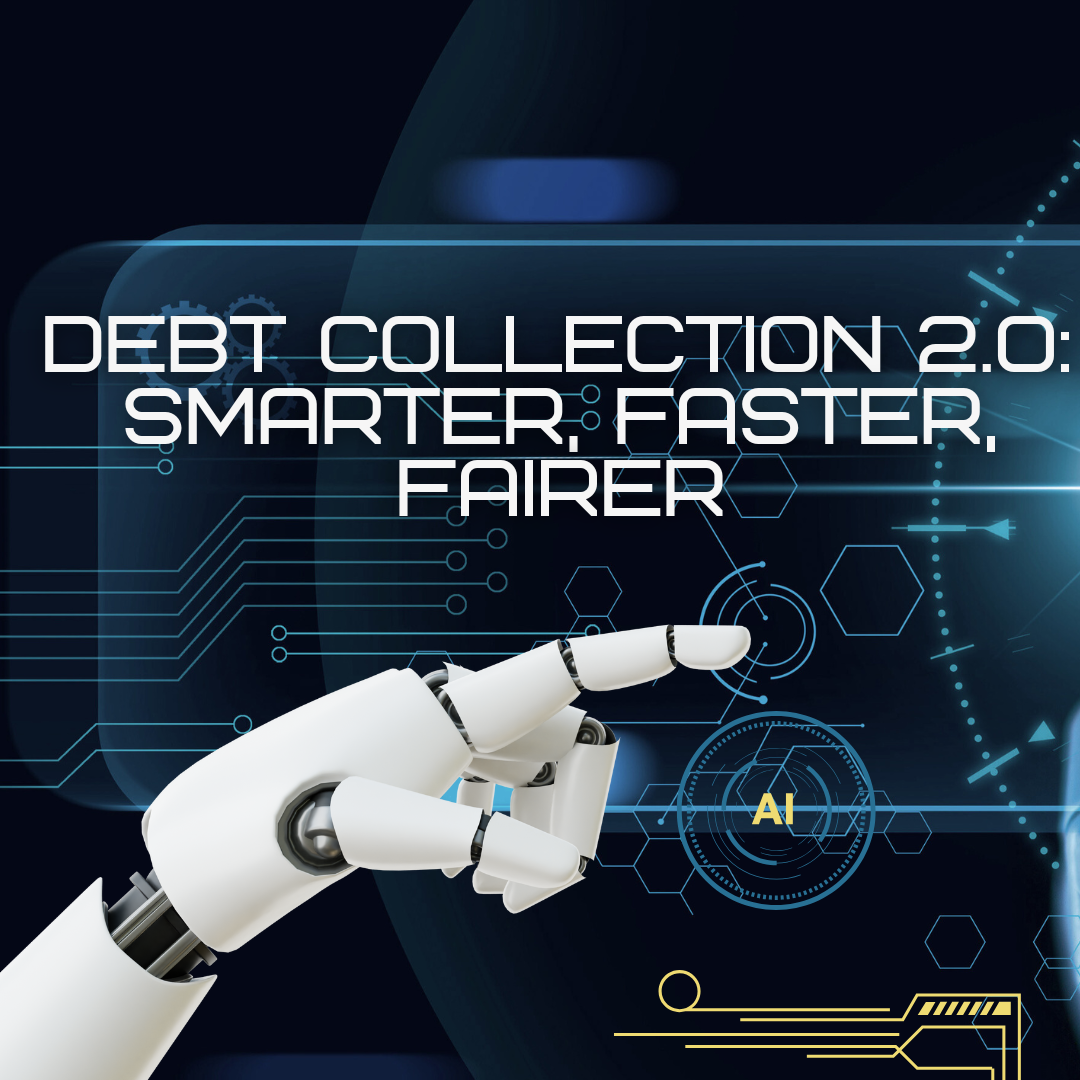Debt collection isn’t what it used to be. Gone are the days of endless cold calls and paper trails. Thanks to AI and automation, the industry is becoming faster, fairer, and more efficient—for businesses and consumers alike.
But how exactly is technology reshaping debt recovery? Let’s break it down.
1. Smarter Communication (No More Annoying Robocalls!)
AI-powered systems can now:
✅ Predict the best time to contact a debtor (so you’re not calling at dinner time).
✅ Personalize messages via email, SMS, or chatbots—making interactions feel more human.
✅ Automate payment reminders without sounding like a broken record.

The result? Fewer ignored calls, better engagement, and happier customers.
2. Faster & More Accurate Skip Tracing
Finding people who’ve moved or changed numbers used to take hours of manual work. Now, AI-driven skip tracing tools:
🔍 Scan thousands of data sources (public records, social media, credit bureaus).
📍 Pinpoint debtors in seconds—with scary accuracy.
🔄 Update contact details automatically, so you’re always working with fresh data.

Bottom line: Less time hunting, more time collecting.
3. AI Negotiates Payment Plans (Yes, Really!)
Imagine a system that:
💡 Analyzes a debtor’s financial situation (income, expenses, credit history).
🤝 Suggests realistic payment plans they can actually afford.
📊 Adjusts offers in real-time based on responses.

Real case: One agency increased settlements by 41% using this approach.
This isn’t sci-fi—it’s happening now, helping more people settle debts without stress.
4. Reducing Compliance Risks (Because Lawsuits Are Expensive!)
Debt collection laws (FDCPA, TCPA, etc.) are complicated. One wrong word in a call or letter can lead to fines. But AI helps by:
⚖️ Flagging risky language before it’s sent.
📞 Recording and analyzing calls for compliance.
📑 Automating legally required disclosures (so nothing gets missed).
For agencies: Fewer lawsuits. For consumers: Fewer shady tactics.
5. Predicting Who Will (and Won’t) Pay
AI doesn’t just chase debts—it prioritizes them by:
📉 Scoring accounts based on payment likelihood (using past behavior, demographics, etc.).
🎯 Focusing efforts on high-recovery cases (instead of wasting time on dead ends).
📈 Adjusting strategies over time as it learns what works.
Translation: Higher recovery rates, lower costs.
The Future? More Human Than You Think
Some fear AI will make debt collection cold and robotic, but the opposite is true. By handling repetitive tasks, automation frees up human agents to:
💬 Handle complex cases with empathy.
🛠️ Focus on resolving disputes fairly.
🤝 Build better relationships with debtors.
Final Thought: A Win-Win for Everyone
AI isn’t replacing the human touch—it’s enhancing it. For businesses, that means higher recoveries. For consumers, it means clearer communication and fairer treatment.
The future of debt collection? Smarter, kinder, and more efficient.
What do you think? Has AI already changed how you interact with debt collectors (for better or worse)? Drop a comment below!
(P.S. Need help with modern debt recovery strategies? Contact us, we’ve got the tech to help!)



%20(1).jpg)

.jpg)






